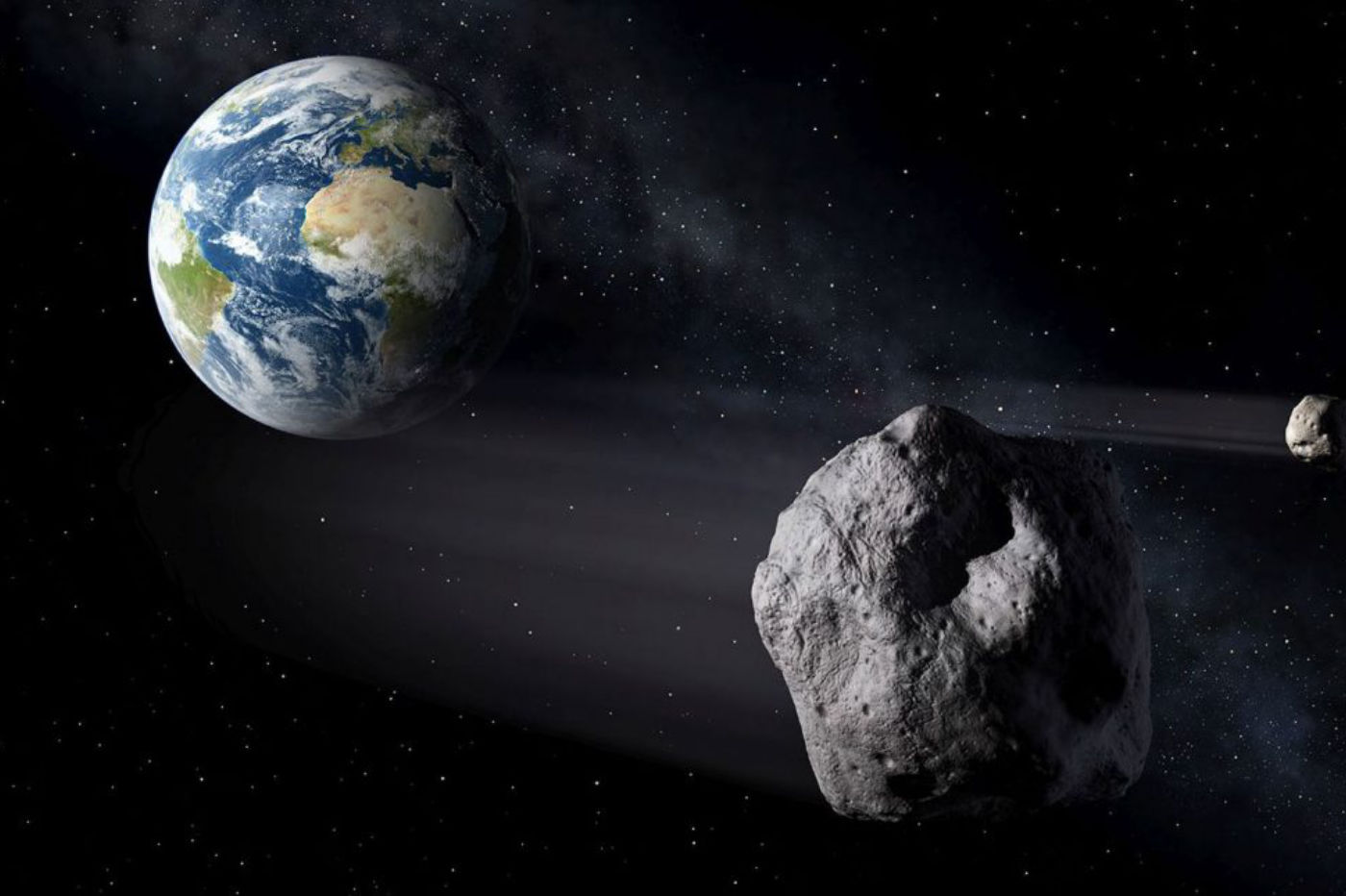
Asteroids are common in the universe and some pass close to the Earth, like 1994 PC1, which will brush against us on January 18.
The recent success of the Netflix movie “Don’t Look Up” has given many people a new perspective on the sky and the dangers of sky. But now reality could well overtake fiction. As a reminder, in the work of Adam McKay, the human population does not take seriously the speech of two failed astronomers, interpreted by Leonardo di Caprio and Jennifer Lawrence.
However, the two main characters of the film try, as best they can, to alert the world of a disaster in the making, the arrival of a right asteroid on Earth, which could get the better of the human species. A scenario that has already proven itself on the big screen, but also in reality, since this is how dinosaurs disappeared 65 million years ago, and which could happen again with 1994 PC1, a asteroid which will graze the Earth on January 18th.
A very real danger
As its name suggests, the asteroid was discovered in 1994 by the Australian Observatory. Since then, it has been one of the “potentially dangerous” elements in the sky. Indeed, the risk, although minimal, is still present, and the consequences of an asteroid fall could be dramatic.
The last known meteorite fall on Earth, which had a considerable impact, is surely the Chelyabinsk meteor. The latter indeed passed over the Russian forests south of the Urals and the meteor, 11 to 17 meters large, disintegrated at an altitude of 20 or 40 kilometers. But with 1994 PC1, it is not a Twingo which falls from the sky, but a piece of celestial rock as big as 3 times the Eiffel Tower.
An asteroid is going to fall on us! really ?
But keep calm, the risk of collision is very low, if not nonexistent. In fact, on January 18, the asteroid should pass at a little less than two million kilometers, a rather short distance as the universe is immense, but which leaves little room for doubt.
Indeed, the asteroid has been known for quite a long time, and its orbit has been very well calculated, so the latter has no reason to change between now and next Tuesday. The chances that the asteroid will therefore avoid Earth are well over 99%. As the scientific world well explains, large asteroids like 1994PC1 are not the dangerous ones for our species.
Because of their large size, it is easy to spot them and calculate their orbit. According to NASA calculations, no such asteroid is expected to cross our path, too closely, in the next few centuries. The danger paradoxically comes from the smaller meteorites, measuring like that of Chelyabinsk around 15 meters in diameter.
They are indeed too small to be visible on radar, but at the same time large enough to do heavy damage once they arrive on Earth.



